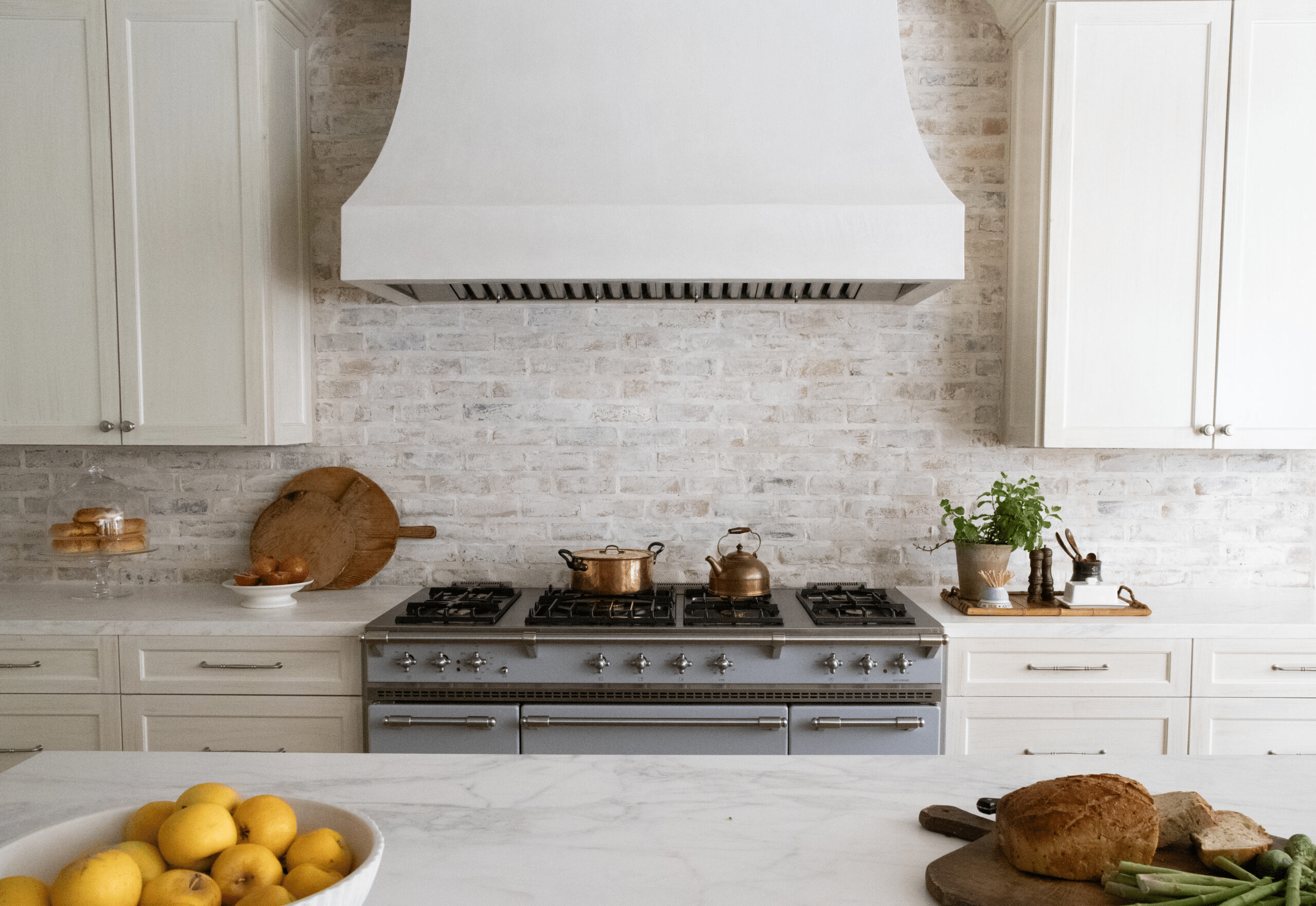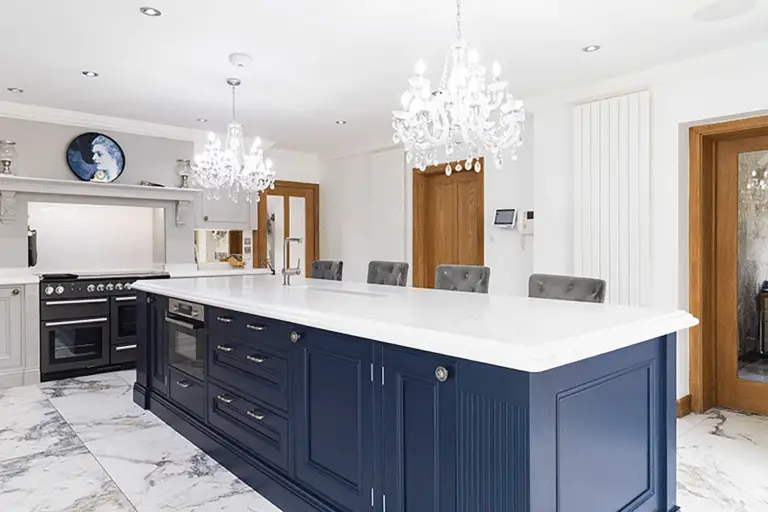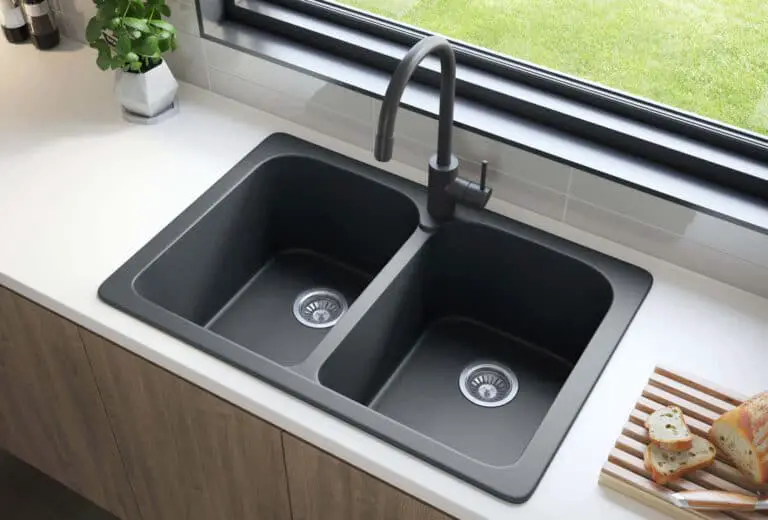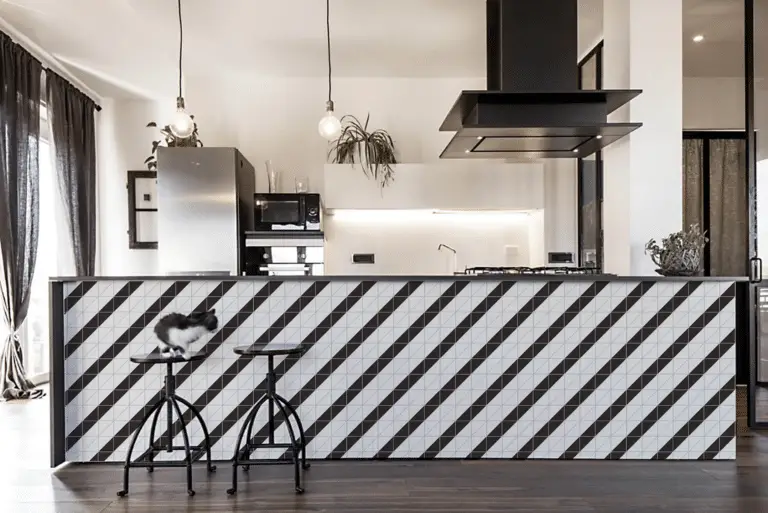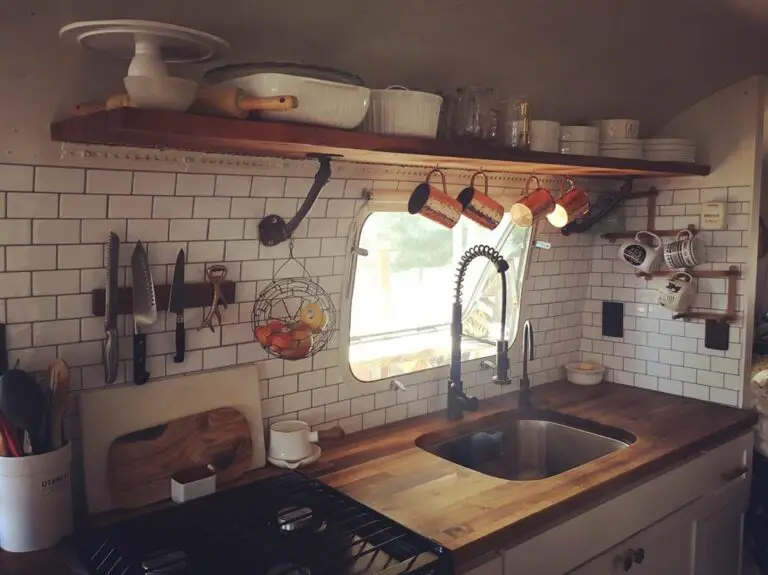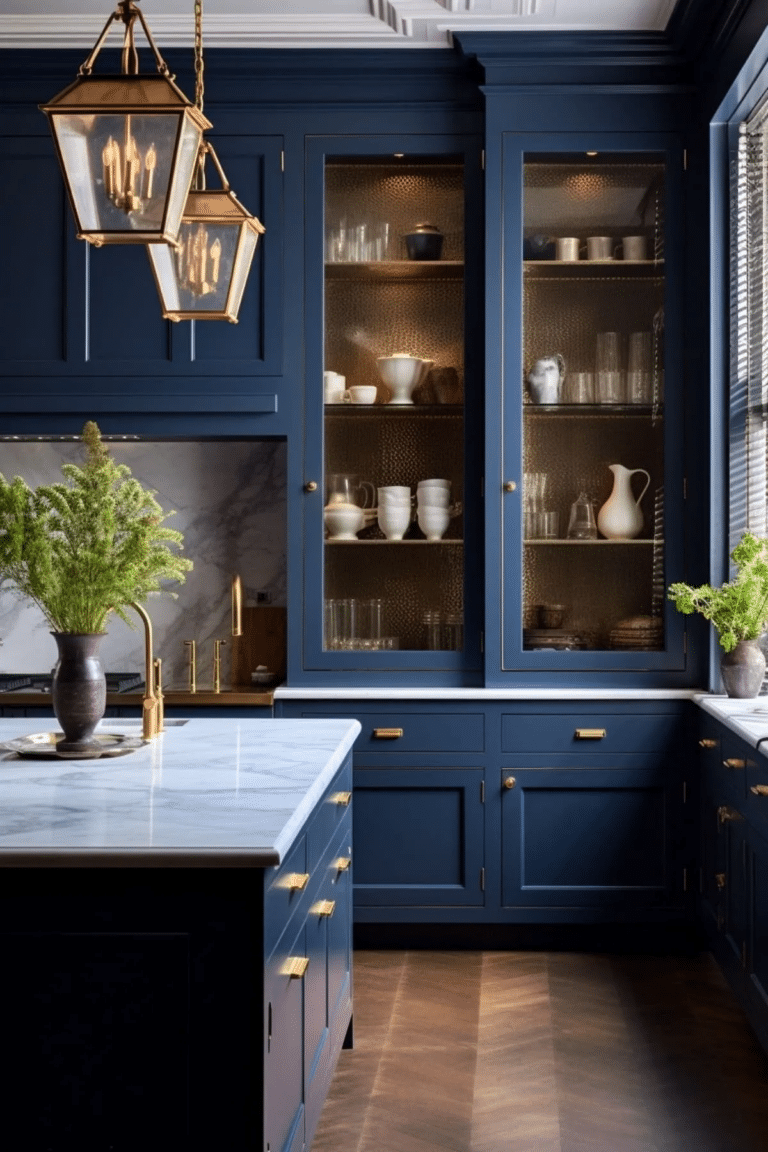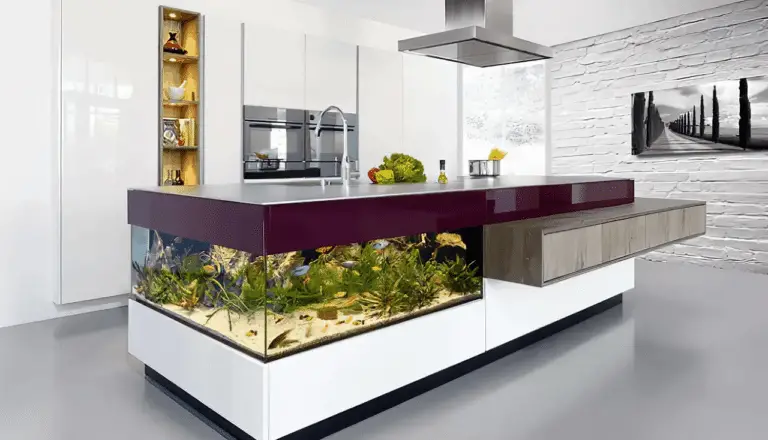Hey there, kitchen enthusiasts! Have you ever considered the elegant touch of a plaster kitchen hood in your cooking space? In our latest blog post, we delve into the world of plaster kitchen hoods, exploring their aesthetic charm and functional benefits.
From different styles to installation tips and maintenance advice, we’ve got you covered. Discover why a plaster kitchen hood might be the perfect choice for your home. Let’s dive in and elevate your kitchen design!
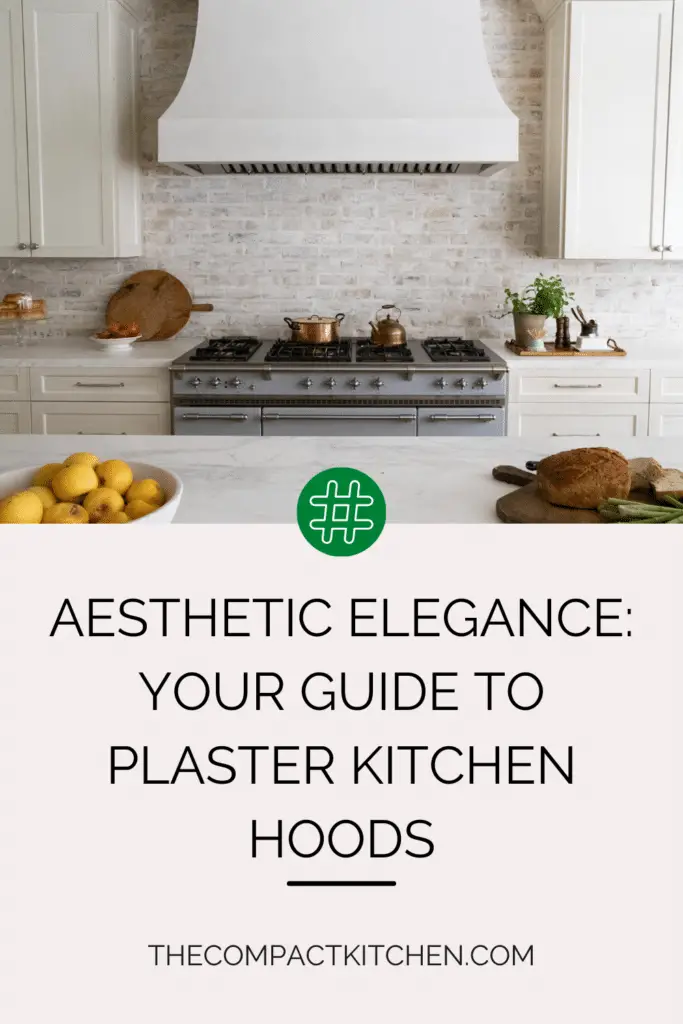
Introduction to Plaster Kitchen Hoods
When it comes to kitchen design, every little detail counts. From the color of the cabinets to the style of the countertops, each element plays a crucial role in creating a cohesive and visually appealing space. One often overlooked but essential component of a well-designed kitchen is the range hood. And if you’re looking to make a statement with your kitchen design, a plaster kitchen hood might be just what you need.
Significance in Kitchen Design
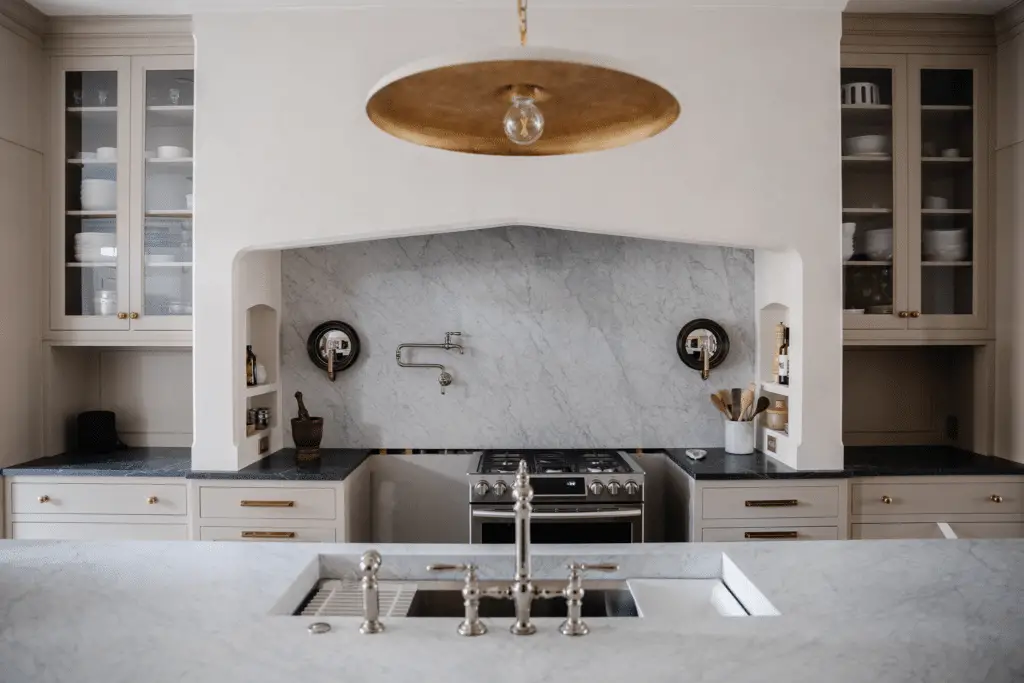
A plaster kitchen hood not only serves a functional purpose by extracting smoke, fumes, and odors from your cooking area, but it also adds a touch of elegance and sophistication to your kitchen décor. With its smooth surface and customizable design options, a plaster kitchen hood can seamlessly blend in with any kitchen style, whether it’s modern, traditional, or somewhere in between.
Aesthetic and Functional Benefits
One of the key benefits of installing a plaster kitchen hood is its ability to create a focal point in the kitchen. By choosing a unique design or intricate details for your plaster hood, you can draw attention to this central feature and make it a conversation piece for guests. Additionally, plaster is a versatile material that can be molded and shaped to fit your specific design preferences, allowing for endless customization possibilities.
Different Styles & Design of Plaster Kitchen Hoods
When it comes to designing your kitchen, the plaster kitchen hood can be a standout feature that ties the whole room together. With a wide range of styles and designs available, you can find the perfect plaster kitchen hood that not only complements your kitchen decor but also serves as a functional focal point.
Classic Elegance

If you have a traditional kitchen, a classic plaster kitchen hood design might be the perfect choice. With intricate details and ornate accents, a classic style plaster hood can add a touch of elegance and sophistication to your space. Pair it with antique brass hardware for a timeless look that never goes out of style.
Modern Minimalism
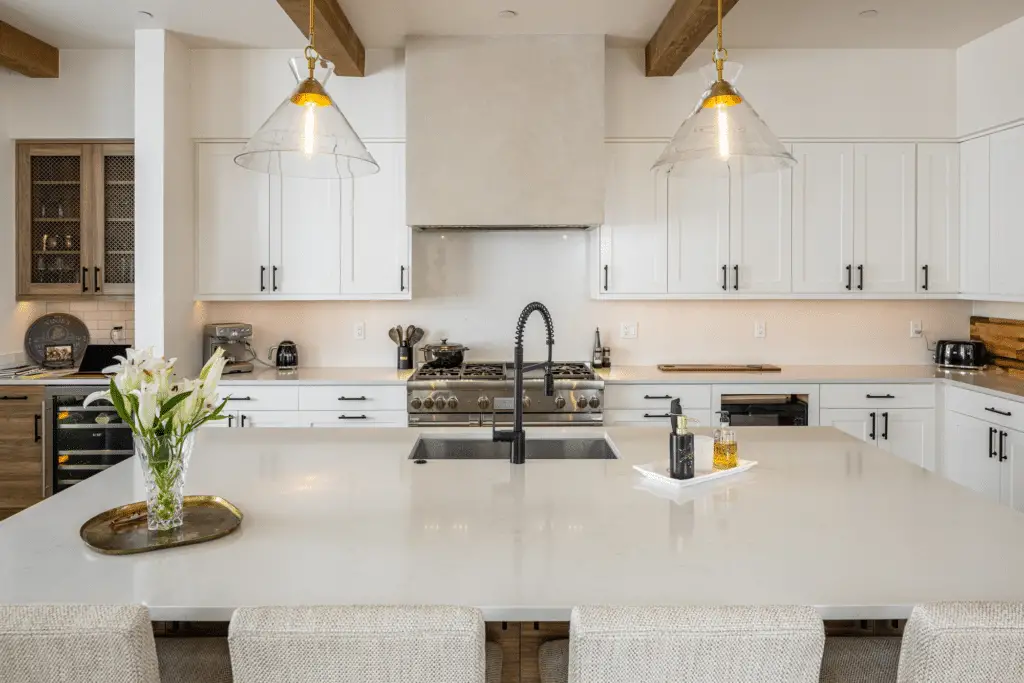
On the other end of the spectrum, a sleek and simple plaster kitchen hood design can bring a modern touch to your kitchen. Clean lines, minimal embellishments, and a smooth finish create a contemporary look that works well in minimalist or industrial-style kitchens. Opt for a matte white plaster hood for a clean, streamlined appearance.
Transitional Charm
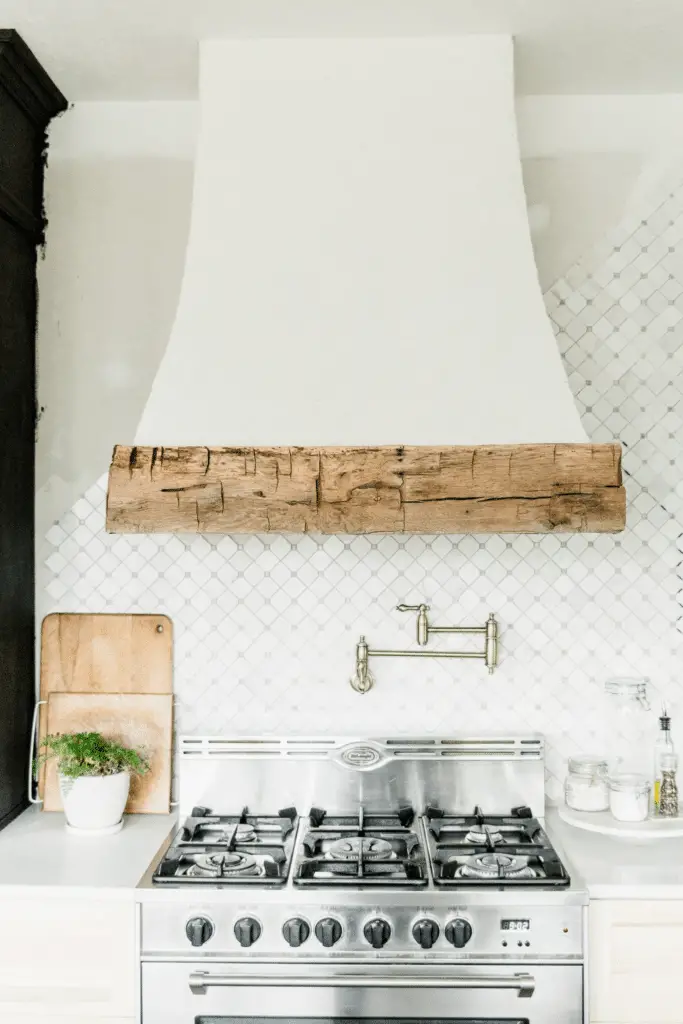
If you’re looking for a design that bridges the gap between traditional and modern, a transitional plaster kitchen hood might be the perfect compromise. With elements of both classic and contemporary styles, a transitional hood offers the best of both worlds. Consider a plaster hood with simple, clean lines and subtle decorative elements for a transitional look that blends seamlessly with any kitchen decor.
Custom Creations
For homeowners who want something truly unique, custom-designed plaster kitchen hoods offer endless possibilities. Work with a designer or artisan to create a one-of-a-kind plaster hood that perfectly suits your style and preferences. From intricate patterns and textures to bold shapes and sizes, a custom plaster hood can become the centerpiece of your kitchen.
When selecting the right design for your plaster kitchen hood, consider the overall style of your kitchen, your personal taste, and the functionality you require. Whether you prefer classic elegance, modern minimalism, transitional charm, or a custom creation, there is a plaster kitchen hood design that will elevate your kitchen to the next level.
The Process of Installing a Plaster Kitchen Hood
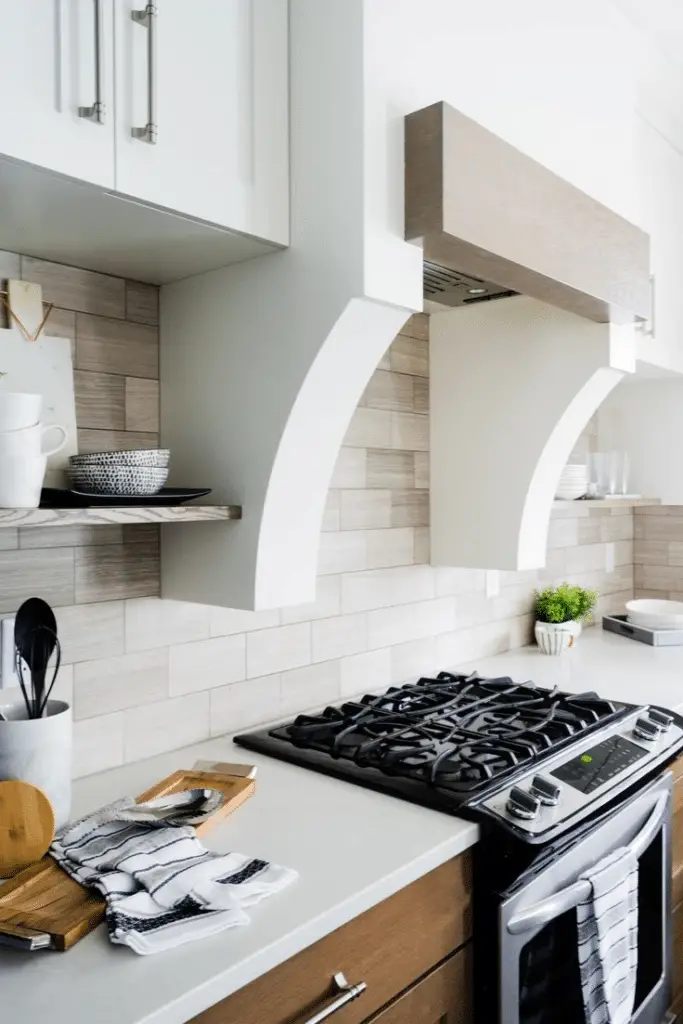
When it comes to adding a touch of elegance and sophistication to your kitchen, a plaster kitchen hood can be a stunning focal point. The installation process, however, may seem daunting at first. Whether you’re a seasoned DIY enthusiast or a novice in the world of home improvement, here is a step-by-step guide to help you successfully install a plaster kitchen hood.
Step 1: Gather Your Materials
Before you begin the installation process, make sure you have all the necessary tools and materials. This includes the plaster kitchen hood, mounting brackets, screws, a drill, a level, and a pencil. It’s important to double-check that you have everything you need to avoid any unnecessary trips to the hardware store mid-project.
Step 2: Measure and Mark Your Wall
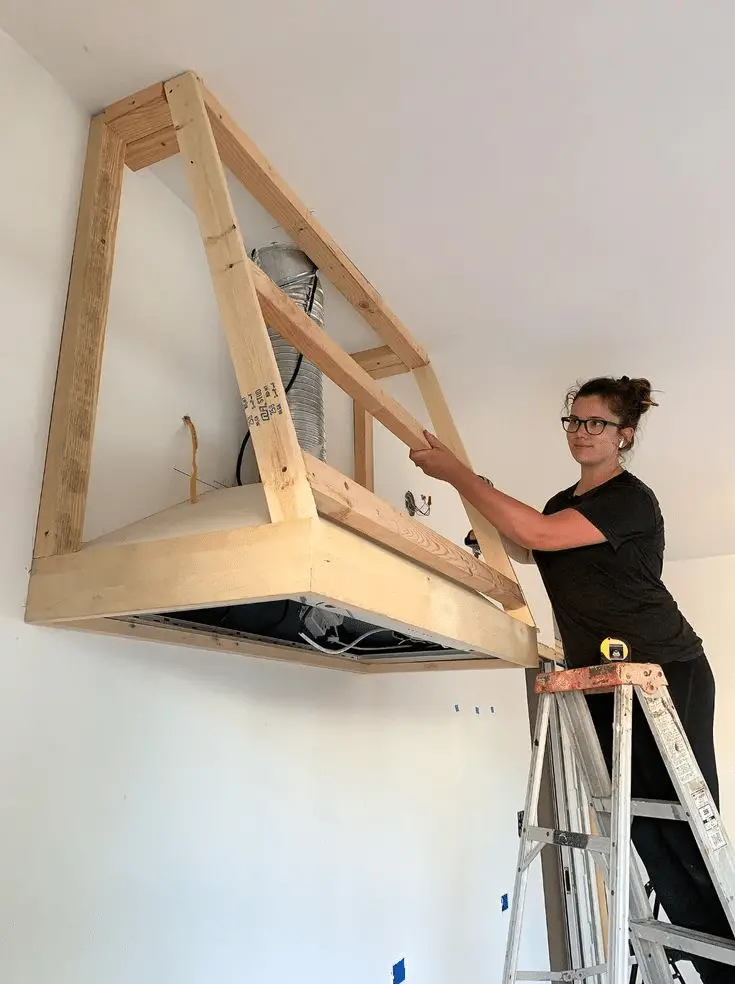
Start by measuring the area where the plaster kitchen hood will be installed. Use a pencil to mark the exact placement of the hood on the wall. Make sure to use a level to ensure that your markings are straight and aligned properly. This step is crucial to ensure that your plaster kitchen hood is installed securely and at the correct height.
Step 3: Install the Mounting Brackets
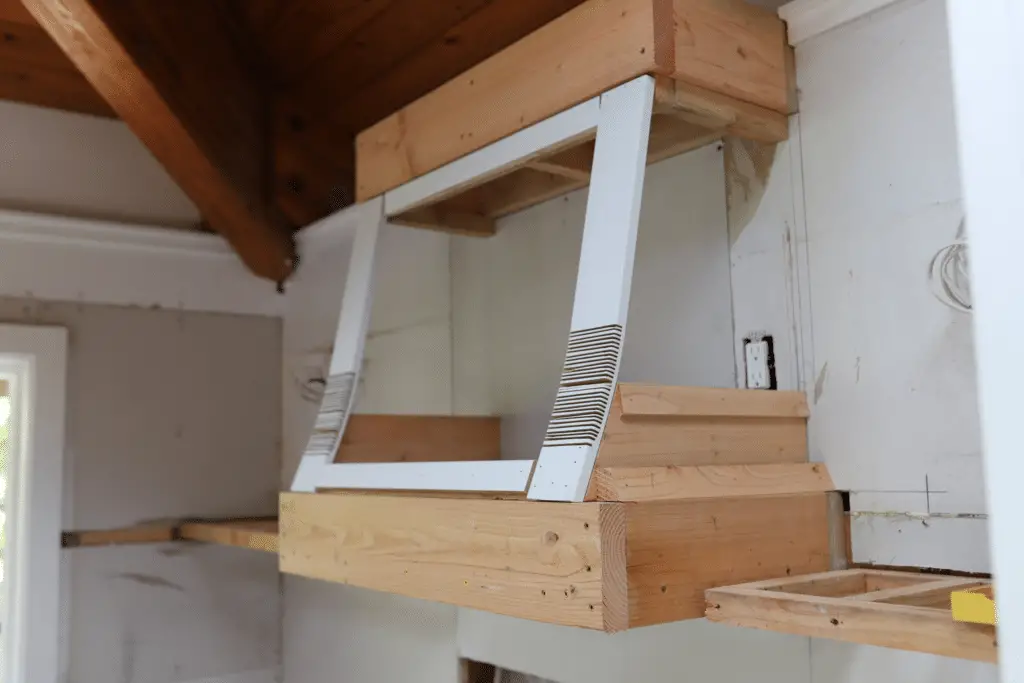
Using a drill, attach the mounting brackets to the wall according to your markings. Make sure the brackets are securely fastened to the wall to support the weight of the plaster kitchen hood. It’s essential to follow the manufacturer’s instructions when attaching the brackets to ensure proper installation.
Step 4: Mount the Plaster Kitchen Hood
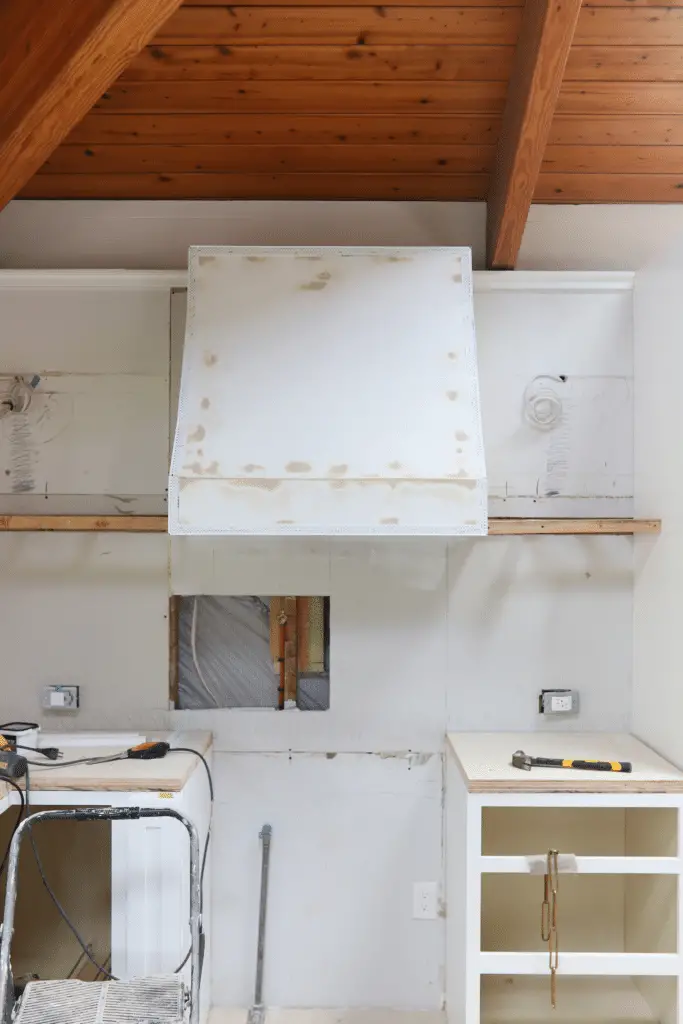
With the mounting brackets in place, carefully lift the plaster kitchen hood into position. Line up the hood with the brackets and secure it in place using the provided screws. It’s important to double-check that the hood is level and centered before tightening the screws completely. This will help prevent any unevenness or wobbling once the installation is complete.
Step 5: Finishing Touches
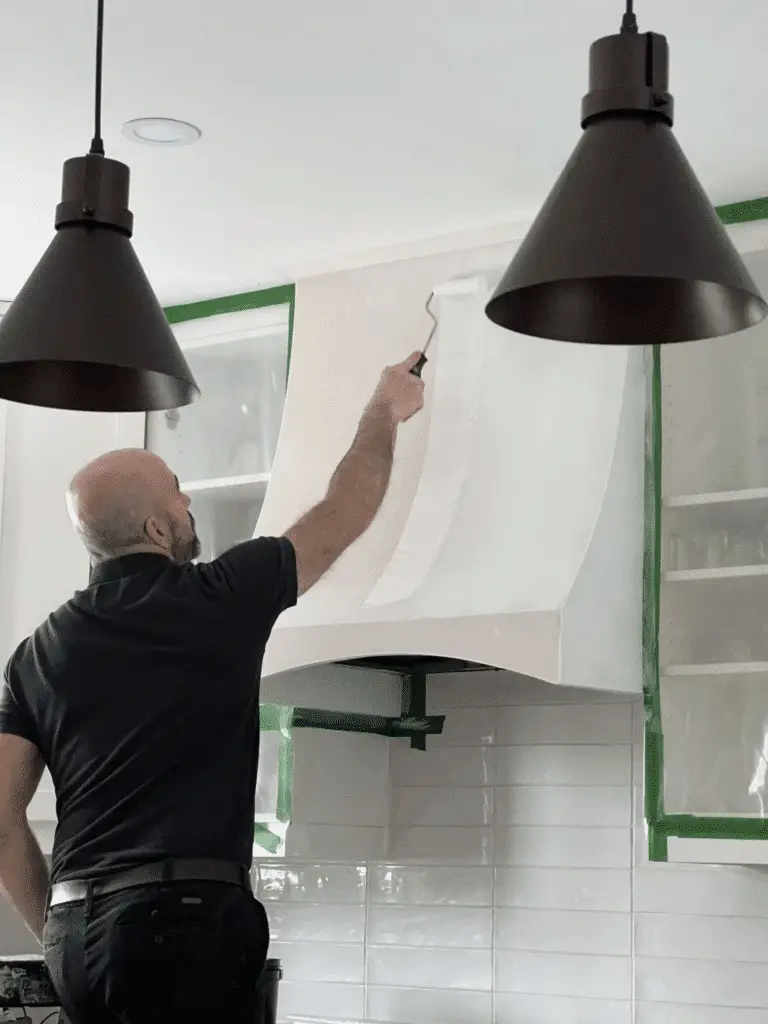
Once the plaster kitchen hood is securely mounted, take a step back and admire your handiwork. Make any necessary adjustments to ensure that the hood is level and straight. You can also touch up any visible screws or imperfections with paint or plaster to give your installation a polished finish.
Tips for DIY Installation
While installing a plaster kitchen hood can be a rewarding project, it’s essential to exercise caution and follow safety guidelines. If you’re unsure about any step in the process or if you encounter any difficulties, don’t hesitate to seek professional help. A licensed contractor or handyman can ensure that your plaster kitchen hood is installed correctly and safely.
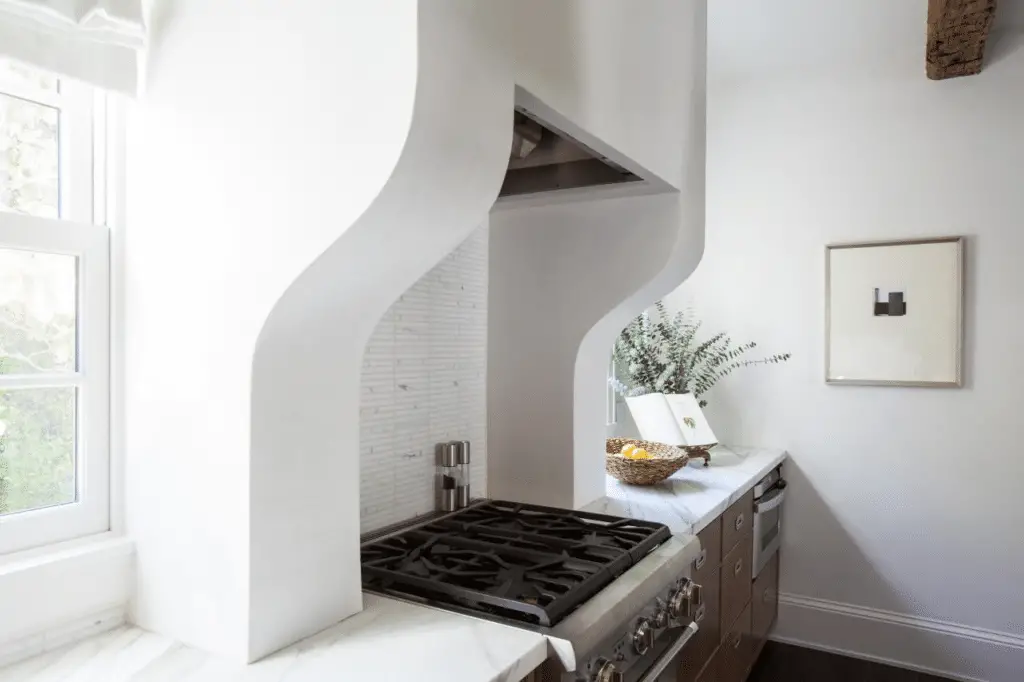
Remember, the key to a successful installation is precision and patience. Take your time, follow the steps outlined above, and soon you’ll be enjoying the beauty and functionality of your newly installed plaster kitchen hood. With proper care and maintenance, your plaster kitchen hood will continue to enhance your kitchen for years to come.
When it comes to plaster kitchen hoods, maintaining and cleaning them properly is crucial to ensure they last long and continue to enhance the aesthetic appeal of your kitchen. In this section, we will delve into some essential maintenance and cleaning tips to help you keep your plaster kitchen hood in top condition.
Maintenance Tips for Plaster Kitchen Hoods
One of the key aspects of maintaining a plaster kitchen hood is regular inspection for any signs of wear and tear. It’s essential to check for cracks, chipping, or any other damages that may have occurred over time. By addressing these issues promptly, you can prevent them from escalating and causing more significant problems in the future.
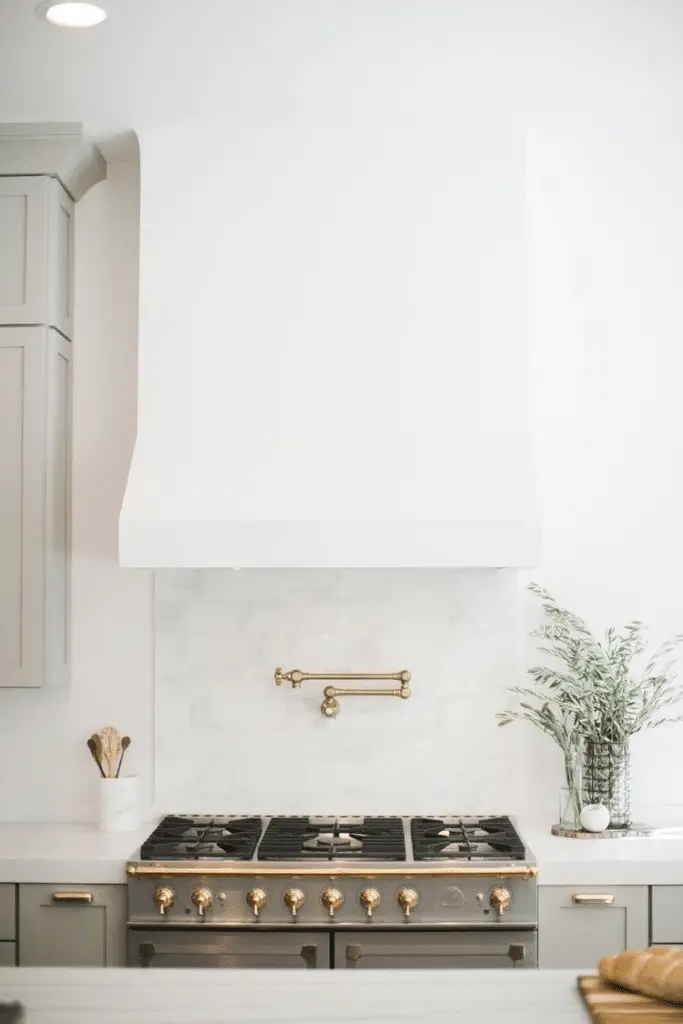
Another crucial maintenance tip is to avoid using harsh chemicals or abrasive cleaning tools on your plaster kitchen hood. These can damage the plaster surface and diminish its visual appeal. Instead, opt for mild soap and water solutions or specialized cleaning products that are safe for plaster materials.
Cleaning Tips for Plaster Kitchen Hoods
When it comes to cleaning your plaster kitchen hood, regular dusting and wiping down with a soft cloth can go a long way in maintaining its pristine condition. It’s essential to remove any grease or grime buildup from the surface to prevent it from becoming stubborn and difficult to clean.
If you encounter tough stains or stubborn dirt on your plaster kitchen hood, you can use a gentle scrub brush or sponge to tackle the problem. However, be gentle and avoid scrubbing too harshly to prevent damaging the plaster. Always remember to dry the surface thoroughly after cleaning to prevent water damage or mold growth.
Tackling Potential Issues
Inevitably, your plaster kitchen hood may encounter issues like minor cracks or discoloration over time. In such cases, it’s essential to address these problems promptly to prevent them from worsening. You can consider patching up small cracks with plaster repair kits or seeking professional assistance for more extensive repairs.
Additionally, keeping your kitchen well-ventilated can help prevent moisture buildup on your plaster kitchen hood, which can lead to mold growth or other issues. Proper ventilation not only benefits the hood but also contributes to a healthier indoor environment.
By following these maintenance and cleaning tips, you can ensure that your plaster kitchen hood remains a focal point in your kitchen and continues to serve its functional and aesthetic purposes for years to come.
Comparing Plaster Kitchen Hoods with Other Materials
When it comes to choosing a kitchen hood material, the options are as varied as the spices in your spice rack. From sleek stainless steel to warm wood, there is a material to suit every style and budget. However, plaster kitchen hoods are gaining popularity for their unique blend of elegance and functionality. Let’s take a closer look at how plaster kitchen hoods stack up against other materials.
Price and Affordability
One of the first considerations for many homeowners is the price of the kitchen hood. While stainless steel hoods are typically more affordable, plaster kitchen hoods can vary in price depending on the design complexity and installation process. However, the investment in a plaster kitchen hood can add a touch of luxury to your kitchen that is hard to match with other materials.
Durability and Maintenance
Stainless steel hoods are known for their durability and ease of maintenance, but plaster kitchen hoods are not far behind. With proper care and cleaning, a plaster kitchen hood can last for years without losing its beauty. Plus, if any minor damage does occur, plaster is relatively easy to repair compared to other materials like wood.
Design and Aesthetics
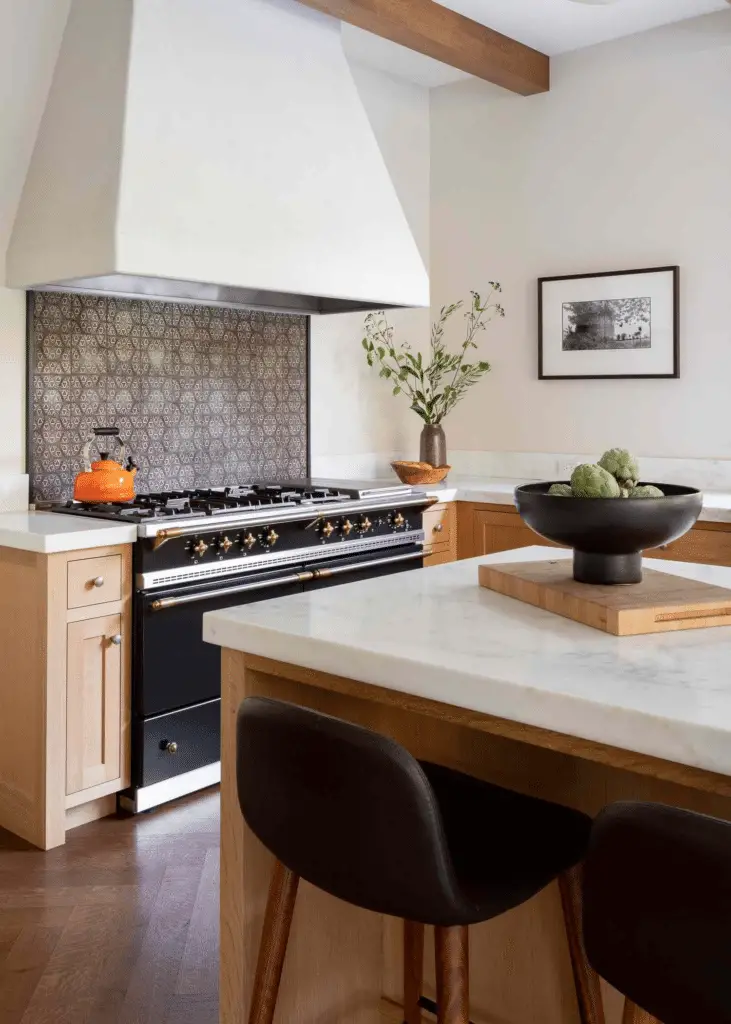
When it comes to design flexibility, plaster kitchen hoods offer a range of possibilities that other materials simply can’t match. From intricate carvings to smooth curves, plaster can be molded and shaped to fit any kitchen style, whether it’s traditional or modern. This level of customization sets plaster kitchen hoods apart from their competitors.
So, why might a homeowner choose a plaster kitchen hood over other options? The answer lies in the unique combination of elegance, durability, and design flexibility that plaster brings to the table. While stainless steel and wood certainly have their own appeal, a plaster kitchen hood can elevate the look of your kitchen to new heights, making it a standout feature that will be the envy of all your dinner guests. When it comes to creati
Happy Hood, Happy Home!
When it comes to kitchen design, a plaster kitchen hood can truly be the cherry on top. From classic to contemporary styles, these hoods not only elevate your kitchen’s aesthetic but also offer functionality like no other.
Remember, proper installation and maintenance are key to enjoying your plaster hood for years to come. So, whether you choose plaster over stainless steel or wood, rest assured, your kitchen will be the talk of the town! Cheers to happy cooking in a happy home!

